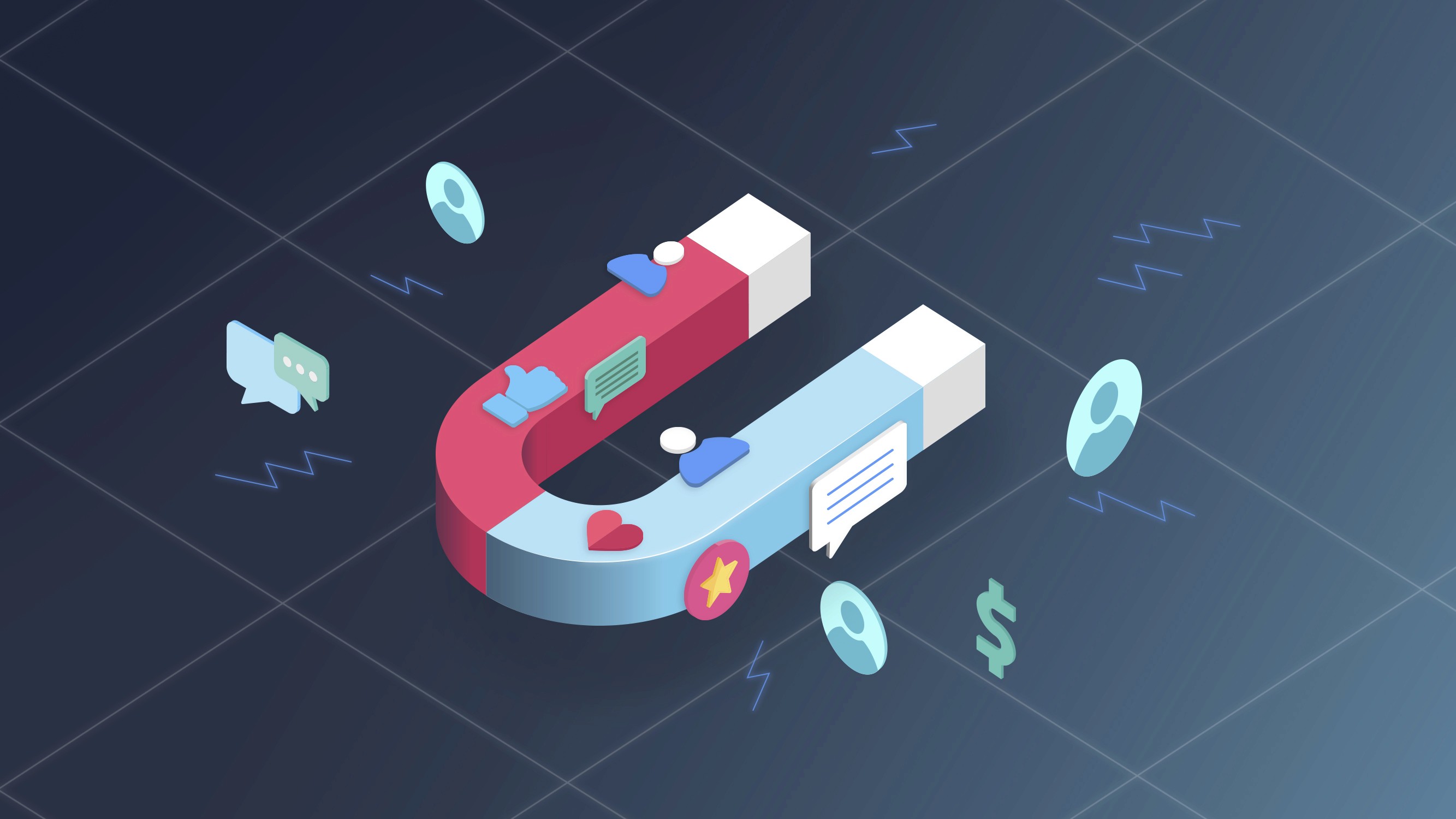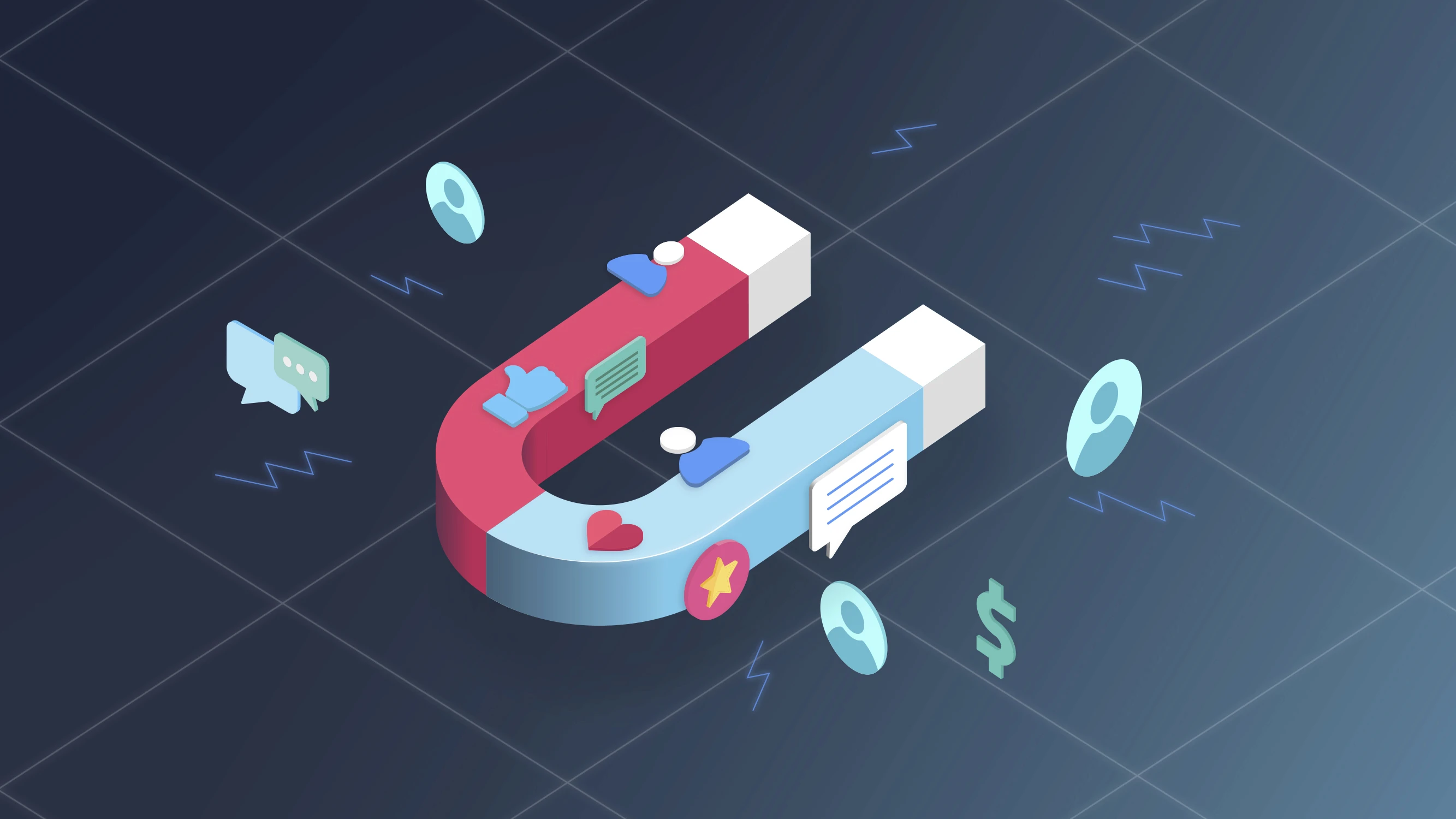Mastering Inbound Marketing: Strategies for Success
Inbound marketing is a methodology that uses search engine optimization, content marketing, and branding to attract, convert, and delight customers. Instead of using paid advertising to tell people what you think they want to know, Inbound identifies what your potential customers are already asking and provides them a solution.

Inbound marketing is a way to provide a knowledgeable solution to someone’s problem when they need it. This lead generation approach is very different from an outbound marketing technique where you simply pay to tell as many people as possible that you’re selling something.
Imagine you’re buying a car. In today’s digital world, would you visit a dealership, talk to a salesperson, and buy a car that day based on the salesperson’s recommendation? Absolutely not.
You might research a few blog articles about how to buy a car and notice that one of the articles is by a dealership that you pass on the way to work every day. In the article, the dealer mentions several makes and models, and links to sources that highlight the market value of each. You can easily compare the average price of the car to what that dealer has in stock.
A quick Google search shows that the dealer has hundreds of 5-star reviews. You visit the dealership that weekend and speak with a salesperson without acting defensive. You make an informed purchase decision at a price that allows everyone to win, and you recommend the dealer to all of your friends.
Inbound marketing is a great way to demonstrate expertise, build trust, have a more educated and reasonable customer base, and even command premium pricing (depending on your product or service) because you’re viewed as an expert.
However, your clients may be unfamiliar with inbound marketing. You have to prioritize education and expectation-setting right out of the gate.
With each new client that comes through the onboarding process here at MARION, I experience the same pain point. I research and pitch several blogging topics that will help leverage the inbound marketing methodology to attract relevant web visitors… and the new clients reject them.
It’s an education issue, not an inherent issue with our inbound marketing process.
We rarely take on enterprise clients (though we have a few), and many of our client contacts are also the key stakeholders of their companies, if not the sole owner. Unfortunately, these business owners frequently mistake what they think their audience ought to know with what their audience actually wants to know.
This misunderstanding leads to a common pattern. For a company that sells dough, I suggest we write about the Best Pizza Recipes and incorporate the client’s dough in the recipe. “We don’t sell pizzas.” I suggest a blog about How to Make Bread Pudding, and I’m met with, “that’s not what we do.”
As a marketer and SEO professional, how do I overcome this problem?
1. Address inbound marketing mistakes and misconceptions
You’ll soon find out that if it were up to some clients, every single blog on their site would be about what they sell. For a client selling dough, they’d have 50 blogs about their dough. Their site would be a masterpiece of self-promotion and keyword cannibalization.
Get ahead of the issue by educating your clients. Explain the concept of keyword cannibalization, and having unique and mutually exclusive focus topics for each page on their site. For our dough client, only one page should be explicitly about their dough.
Their content marketing approach can include topics that are related to dough, but not directly about dough. For example, write about recipes that include their dough, gluten vs. gluten-free foods, celiac disease, and topics that revolve around dough.
It’s important to explain these concepts to clients on a high level, but keep in mind that you’re not trying to train the next Bruce Clay or Neil Patel.
2. Leverage inbound marketing for both short-term and long-term growth
Several months ago, we lost a client who was seeing amazing results from their inbound marketing campaign. We had gone through several iterations of step one from above before finally hitting our stride with a content marketing strategy that was really paying off.
The client was generating blog traffic for relevant, long-tail keywords. The blogs had such a positive effect on their SEO that the site was starting to generate traffic to their “money” pages for competitive head keywords as well.
That was when the client gave us their cancellation notice. Unfortunately, the traffic with high commercial intent that we had only just started driving didn’t generate enough ROI for the duration of their contract with us. According to their profit and loss statement, our services were a net loss.
What did we do wrong?
We had allocated too much of the client’s budget on SEO, and not enough on paid advertising like PPC.
The ramp-up time required is vastly different in organic search vs. paid search. While meaningful success in organic search typically requires at least six months, paid search is nearly immediate and only depends on the budget you reinforce it with.
Had we established the client’s lead-generation expectations upfront, we could have allocated more of their budget for PPC and remarketing. This would allow us to generate more bottom-of-funnel traffic, and eventually customers, within the first month while slowly building their SEO presence at the same time.
3. Don’t rely on organic social media reach
Social media marketing has been regarded as an inbound marketing strategy since the very beginning. However, recent developments in the social media world have caused a shift that makes it difficult for businesses to achieve organic reach.
Once social media platforms achieve a critical mass of users, they develop monetization techniques. They continue to aggressively expand these techniques until users start to complain that social media profits are hurting the platform’s usability. Inevitably, the company’s leadership decides to shift the focus from making money back to the users in an effort to retain their user base.
Facebook has recently begun this shift, and businesses have been severely limited in their ability to reach users without spending ad dollars.
Our team has quickly discovered that organic social media campaigns are great for negative feedback management and credibility, but won’t grow a following without ad dollars.
For clients who are trying to build an audience within a social media platform, boosting posts or engaging in a “likes” or “follow” campaign is necessary. For clients who are trying to generate leads, a lead-gen campaign will need to be set up.
If you want social media to produce ROI for a client, make it clear up front that you’re going to need an ad budget.
4. Prioritize results over deliverables
Have you ever landed a client that is interested in developing their digital marketing presence, but doesn’t want you to allocate your time and resources to reflect that?
During the onboarding process, I’ve seen a client ask for graphic design deliverables and website changes that rapidly consumed their entire monthly budget. After three months of this happening, the client was in desperate need of revenue and asked why they hadn’t seen an increase in customers.
The answer is obvious - the client prioritized deliverables over real marketing results.
While the fault clearly lies on the client, this will not help your case when the client evaluates whether or not to renew their contract. The numbers will not be on your side.
Don’t let your clients be their own worst enemy! The first 3-6 months are critical to integrating the inbound marketing methodology for clients. Set these expectations up front. Allocate your resources so that you can drip-feed the necessary branding deliverables, while establishing a strong inbound funnel.
For example, imagine that your client needs:
- A new logo design
- Flyers and new business cards for a tradeshow in two months
- Three web pages for new services they just started offering
- SEO support (it’s their main customer acquisition strategy)
You should be delivering the three new web pages as soon as possible. While the new logo, flyers and business cards are important, they do not support your main customer acquisition strategy. The web pages are a prerequisite to developing an inbound funnel, and leveraging SEO and content marketing to grow your client’s business.
To effectively apply the inbound marketing methodology for your client, you need to demonstrate that your inbound strategy works for them before their contract is up for renewal.
Providing branding collateral is a very project-driven service. To maintain a long-term inbound client, you have a small window to prove your worth and deliver real results.
You’ve likely had similar experiences with marketing clients. If you have any unique struggles, please feel free to comment about them below!
